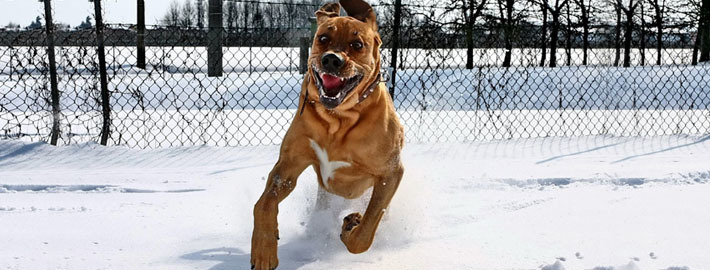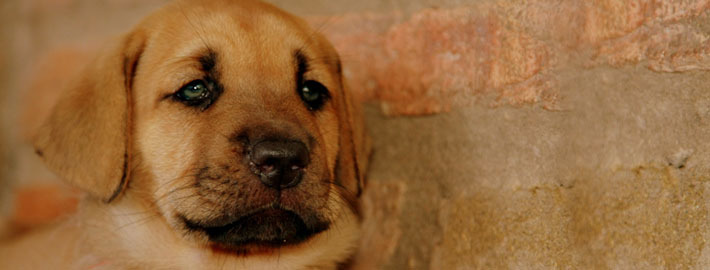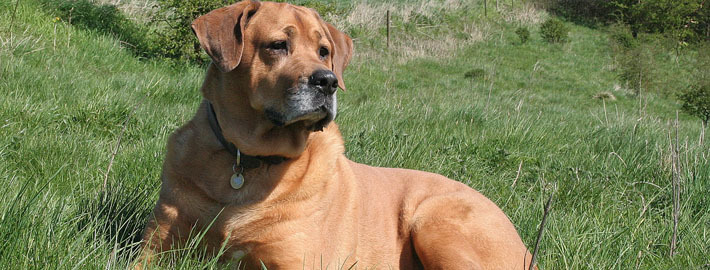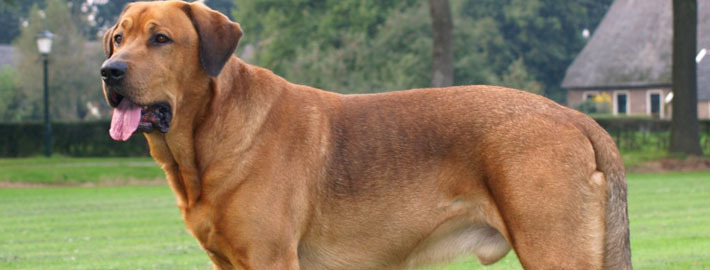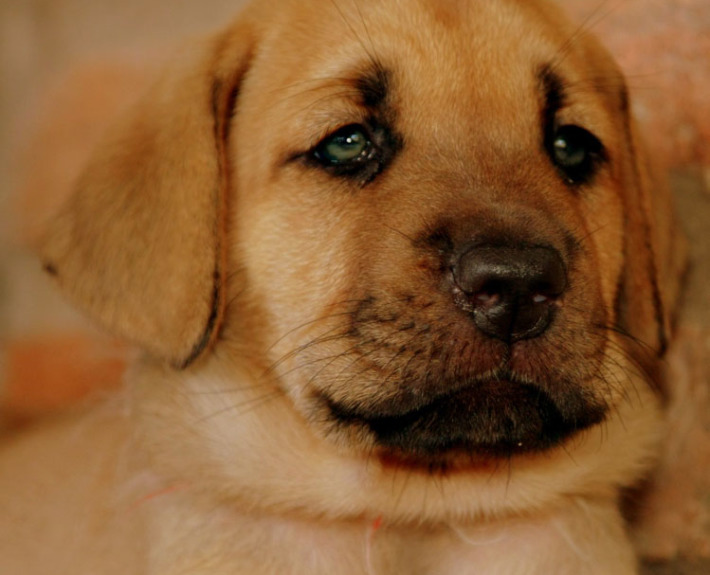What makes the Broholmer Unique?
The Denmark Broholmer is a dog that strongly resembles a mastiff. It is large and powerful, with a loud, impressive bark and dominant walk. A well trained Broholmer should be calm, good tempered, and friendly, yet watchful towards strangers.
Breed Groups
Page Contents
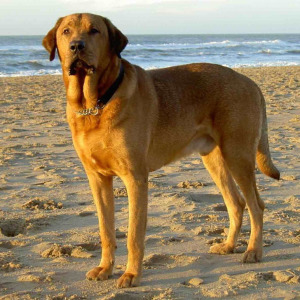
Is the Broholmer Right For You?
Broholmers make excellent family companions. They are very devoted to their families. There life will revolve around your life, as they want nothing more than to engage and be with you every moment they can. They love people of all ages including children and the elderly, which makes them awesome Therapy Dogs.
Broholmer is a very agile, dry mouthed breed of dog, They can do agility, fetch balls, and some love to jump and catch a frisbee. They also can pull carts and sleds for the kids, They get along well with other dogs and do enjoy play dates, especially if they are an only dog. They are a very sweet tempered breed of dog with a heart of gold that will easily steal your heart.
In 5 Words
- Calm
- Good Tempered
- Friendly
- Watchful
- Confident
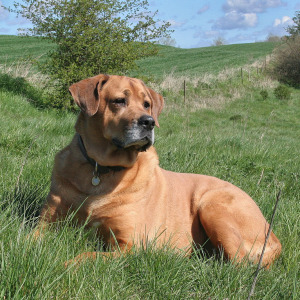
Characteristics
Learn About the Broholmer
Description
A Mastiff-type of dog of large size, rectangular and strongly built, with a composed and powerful movement. Its appearance is dominated by the powerful forequarters. The head is massive and wide, the neck is sturdy with some loose skin, the chest is broad and deep. At rest the head is carried rather low and stooping, and the tail is hanging down sabre-like. When moving, the tail is carried higher, but not over the topline. When the dog is attentive or aroused, the head is carried higher and the tail is raised above horizontal.
Short History of the Broholmer
Known since the Middle Ages, when it was used for hunting (stag-hunting). Later on it was used mainly as a guard dog for large farms and manors. At the end of the 18th century these dogs were breeding pure and increased in number thanks to the royal game keeper Sehested of Broholm, from where the breed has inherited its name. After the Second World War the breed almost became extinct, but around 1975 a group of committed people organized a group called “The Society for Reconstruction of the Broholmer Breed”. They were supported by the Danish Kennel Club and began the work of reviving the breed.
Temperament
Calm, good tempered, friendly, yet watchful, the owner of the Broholmer must show great self-confidence. The objective in training this dog is to achieve pack leader status. It is a natural instinct for a dog to have an order in their pack. When we humans live with dogs, we become their pack. The entire pack cooperates under a single leader; lines are clearly defined and rules are set. Because a dog communicates his displeasure with growling and eventually biting, all other humans MUST be higher up in the order than the dog. The humans must be the ones making the decisions, not the dogs. That is the only way your relationship with your dog can be a complete success.
Caring for Your Broholmer
Grooming & Bathing
The short coat of this dog does not require much grooming. Weekly brushing should keep the coat clean.
Exercise & Training
This breed needs a daily, long walk, where the dog is made to heel beside or behind the human holding the lead. Never in front. Like many other giant breeds it is important to remember that too much forced, vigorous exercise is not good for a young dog’s growth and development, so watch your puppy for any signs, but it still instinctively needs a daily walk.

